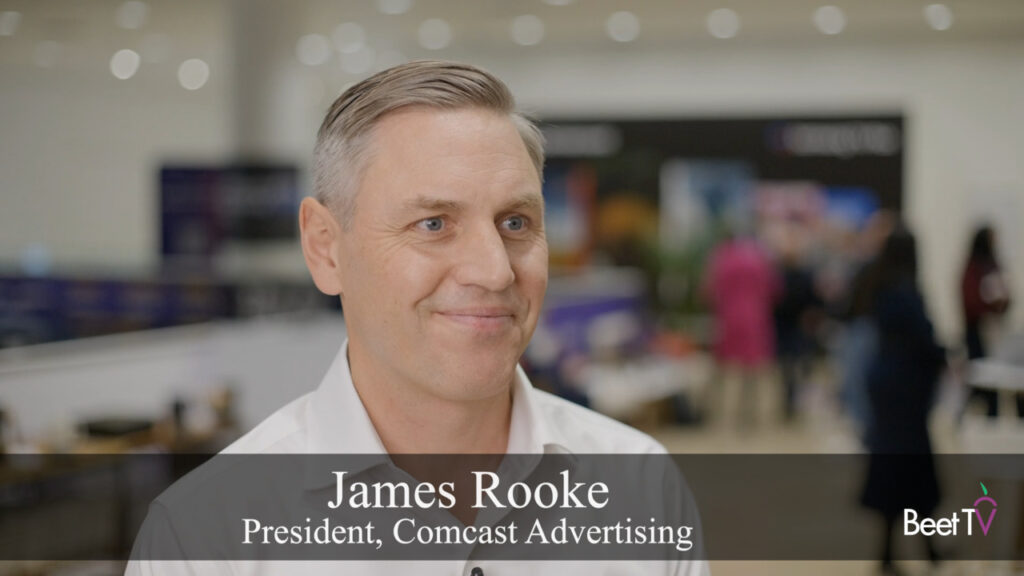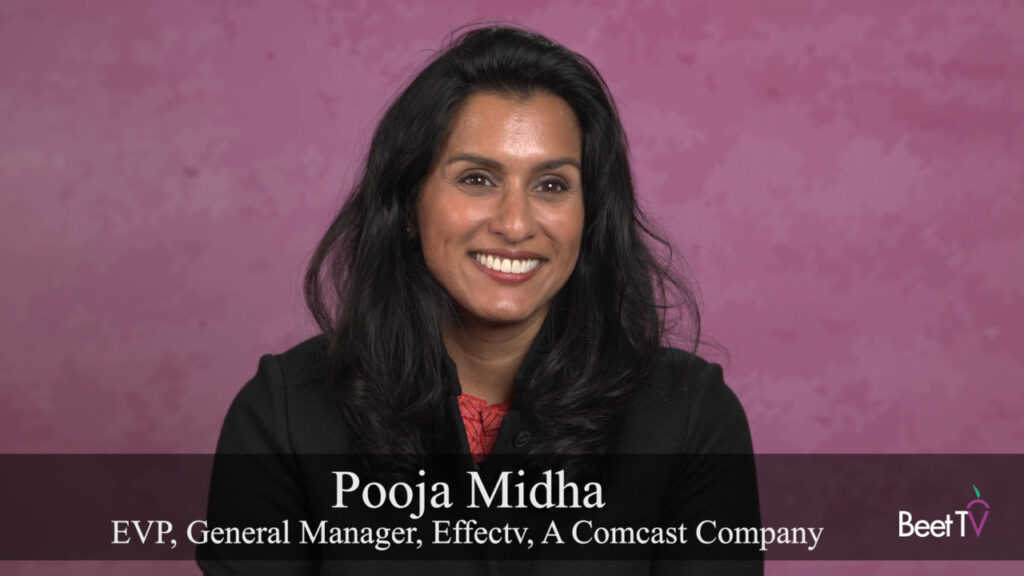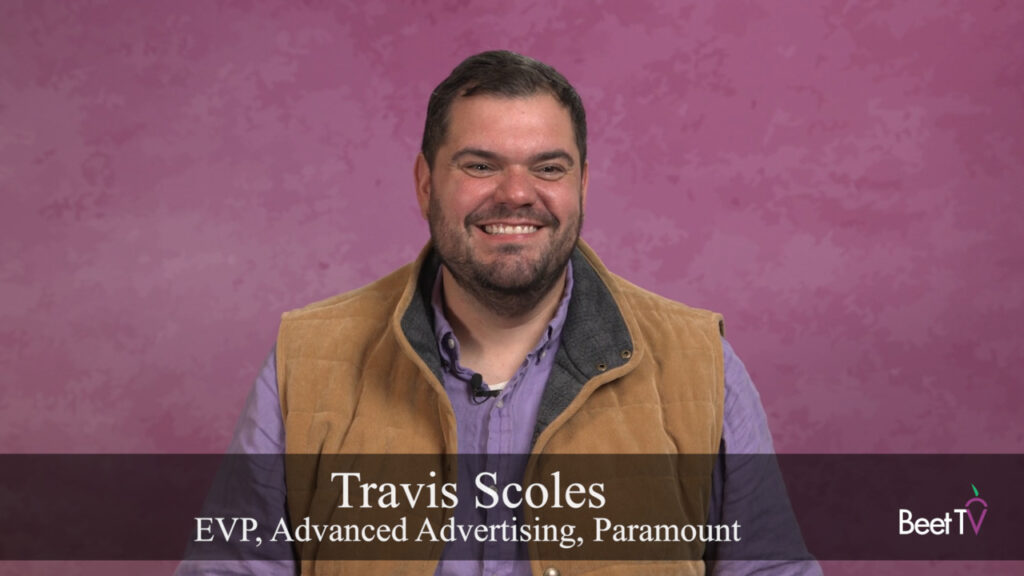
Lauren Rich Fine, former longtime newspaper analyst for Merrill Lynch, and now research director for ContentNext Media, parent of paidContent, tells me that some newspapers will be able to charge for selected, premium content, but not many can charge for full, recurring subscriptions.
I spoke to her on Monday afternoon in midtown Manhattan, during the ContentNext daylong conference
In a related post, yesterday we published an interview with former Wall Street Journal publisher Gordon Crovitz on his new start-up which helps news publishers charge for content.
The New York Times Will Survive
Despite the grim predictions in some quarters about the imminent demise of The New York Times, Lauren says the paper will continue to publish but will continue to face difficult financial challenges.
.
Andy Plesser, Executive Producer
Video Transcript
Andy Plesser: Let me ask you first about your study about social media and how that's working out. What are some of the findings you have?
Lauren Rich Fine: Well the biggest take away was the fact that Facebook is one of the biggest in the social media area. It's almost like a mall that forgot to charge rent. They're creating enormous value for other people, a lot of the application providers, people like Zinga which does Texas-hold-'em, is creating a really good business off their back with their success at Facebook, up to 300 million users, their suffering is really escalating network costs, yet they really need to get a revenue model that's more sustainable and can scale fast.
Andy Plesser: How could they? What are some of the promising opportunities for them in terms of revenue would you say?
Lauren Rich Fine: Well they are doing well with advertising, but I'm a believer that there's so much inventory out there that the advertising will never really keep up with the user base. But they could charge some of the application providers very small amount. Using the mall analogy again, they're being given an opportunity to be somewhere that's heavily trafficked. It's charging a very small amount to each of these application providers would scale big very quickly.
Andy Plesser: Did it surprise you that idea application providers are making more than Facebook itself?
Lauren Rich Fine: Not really. I think we've seen that happen on the Internet many times, that you can throw something up there quickly, that you can track people, it's in the game area largely that we're seeing these successes. And so that isn't that surprising; when you think about community, the opportunity to play games together is natural.
Andy Plesser: But let me ask you about…we're a couple blocks from the New York Times here, what opportunities do they have for survival, growth, new business? What are some of your thoughts?
Lauren Rich Fine: Well, the New York Times is a venerable brand, and they've done a good job in the past of charging a premium for their content. I think the challenge for them is to act more like an integrated brand across all different distribution channels without being as concerned about whether it's in print or otherwise. They recently tried to raise their prices and they are hopefully successful in raising prices for their print model, but at the same time they haven't really done a good job integrating their electronic version, their Kindle version, and pointing out to potential readers and broadening their audience that they've got less expensive alternatives out there. They can create, they already do create premium content that they can try more experiments with charging for it. They are probably going a little bit astray by trying to charge for the products they're charging for that they heavily promote in the paper. They've got a lot of wonderful columnists which are brands that they could charge for as well, but ultimately they're a news organization and they should stick to that. It's just a question of ferreting out with user groups might pay for different pieces of it.
Andy Plesser: In terms of online strategy are there any newspaper chains either in this country or abroad that you think is doing a good job effectively?
Lauren Rich Fine: Well I was reminded yesterday in reading an article actually in the New York Times of somebody that I interviewed a number of months ago, Christopher Ruddy at Newsmax. I think he's done a really good job of creating an online site. Out of that came a print magazine that is actually making money and out of that he was able to launch some very successful newsletters on different topics that were relevant to his audience that was targeted and he's done a pretty good job with email direct-marketing as well. And so he's an example of someone who, I think, has been successful, has enjoyed good growth, has not tried to get people to pay for content online, but using the knowledge of them has gotten them to pay for content elsewhere.
Andy Plesser: And and finally about Google, is it a giant parasitic tape worm in the stomach of newspapers? Tell us about your perception of the relationship between Google and the newspaper industry.
Lauren Rich Fine: Well I'm not sure I understand why the newspaper industry is so vexed about Google. I think Google's done a tremendous job of driving traffic to sites that would never have gotten that recognition without Google. It would have been too costly for most of those sites to ever get the same level of promotion that they do get with Google today. And so I'm not quite sure why it's such an adversarial relationship.
Andy Plesser: How…I see. And just…again the question about paid content, so to speak, or subscription for newspapers and we see Brill and Crovitz coming up with a new company and other discussions. Where do you think either micro-payments, subscriptions, where all the pay model evolve in your opinion?
Lauren Rich Fine: I'm not sure that most newspapers will ever really get away with a recurring subscription model, but if they can create premium content that's valuable to a select community I think they'll have some success. And so I think it's going to either be more happenstance and knowing when they've got something they can package, either a series of articles that when put together become something else, that they could then charge for, some of that will be archived information, or if they can create things of value so if I'm a local newspaper maybe I can't get you to pay for the content, but I could create a real estate service that says you're gonna be one of twenty-five people who receive the first alert that new home is available. So I think they've got to think a little bit more creatively about what people will pay for if they find a value.
Core news in and of itself still feels like there's so much available that it's going to be very hard to get people to pay. Journal has been successful because they're selling their community that both has the money, can expense it, and/or can justify it by saving a basis point on a trade.
Andy Plesser: And one last question. Looking into your crystal ball, where will the New York Times be a year from now?
Lauren Rich Fine: The New York Times will still be a very successful organization in print. A lot of people will still look to them for very important investigative journalism, watchdog journalism. They'll be struggling probably still financially. And hopefully they'll be trying a lot more experiments of getting people to pay for some of the valuable conten
t they create online.


























